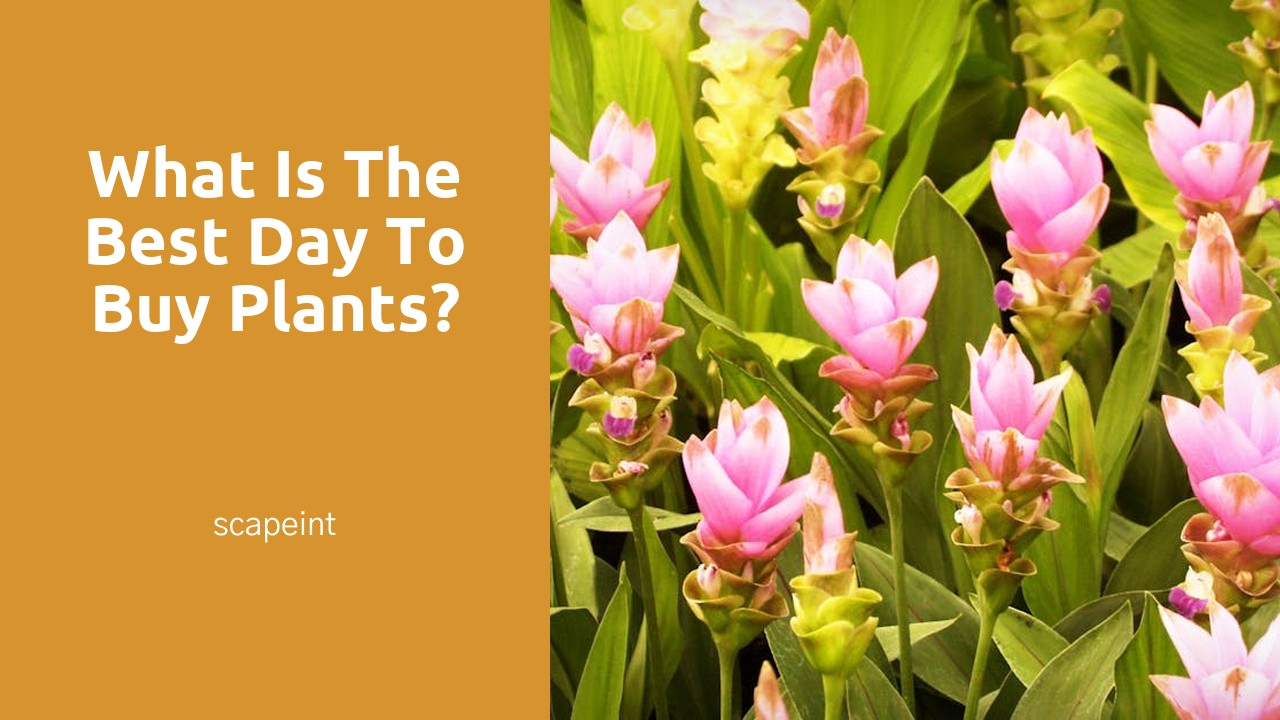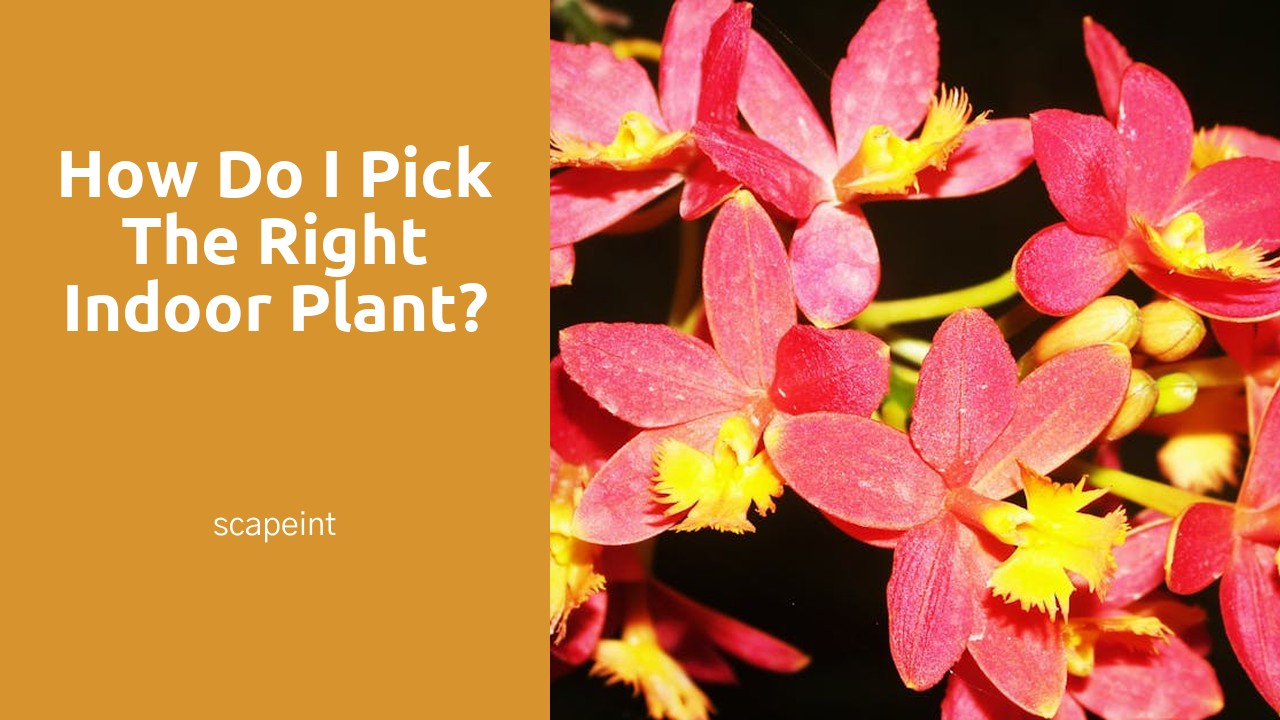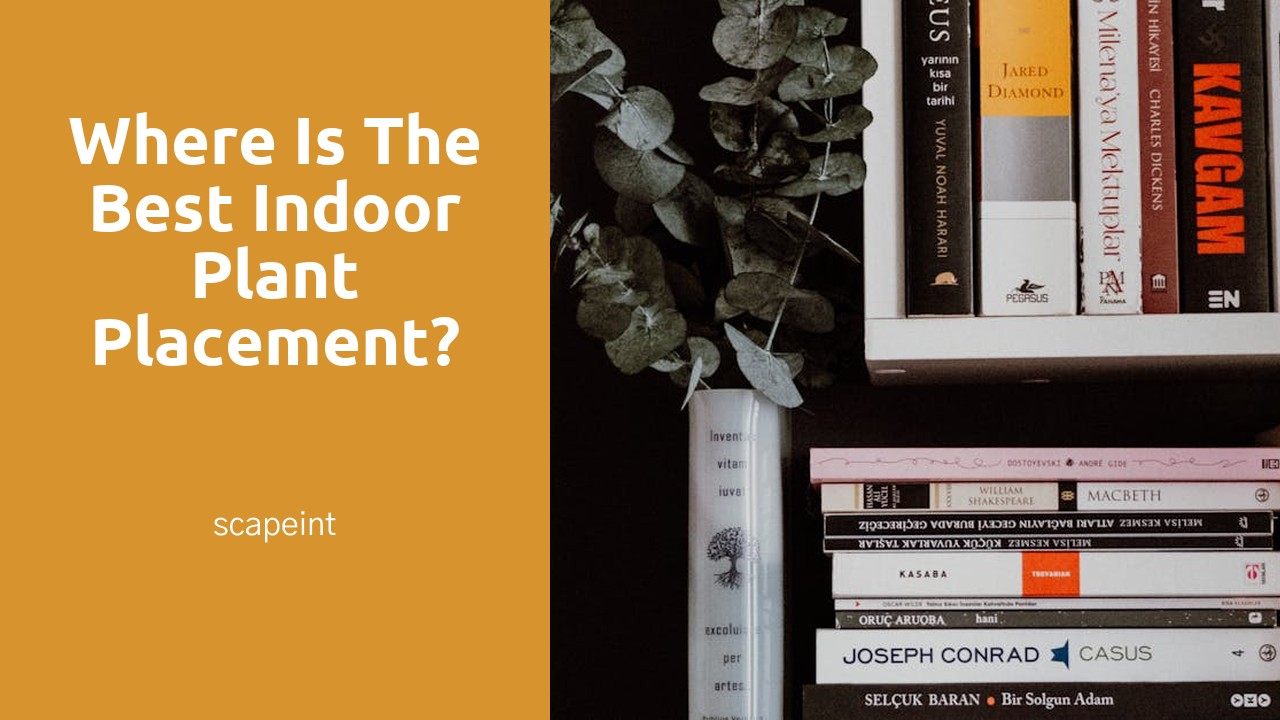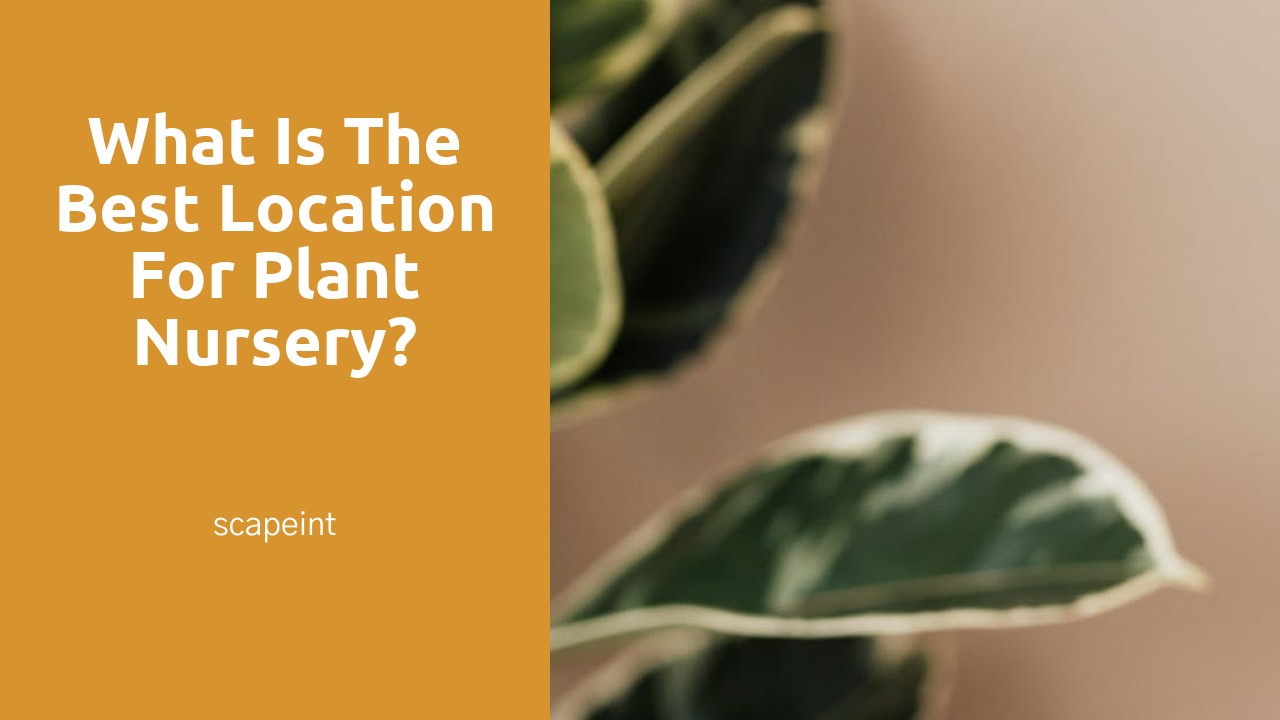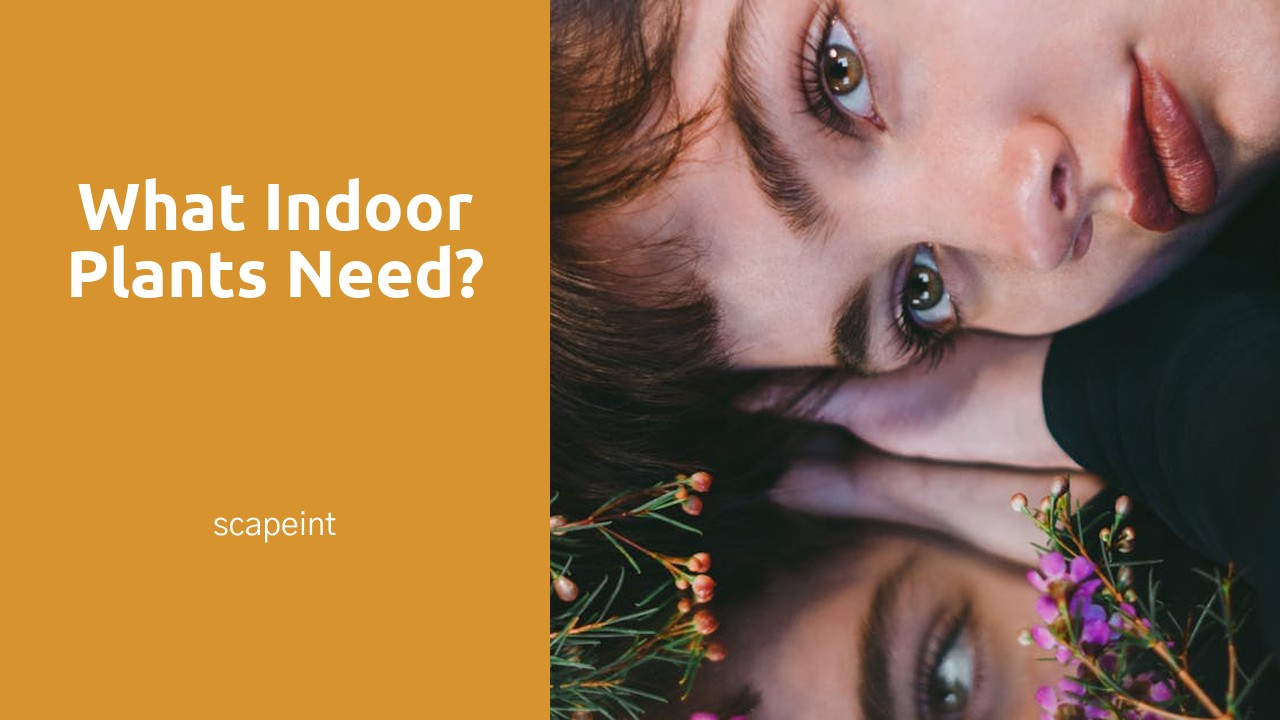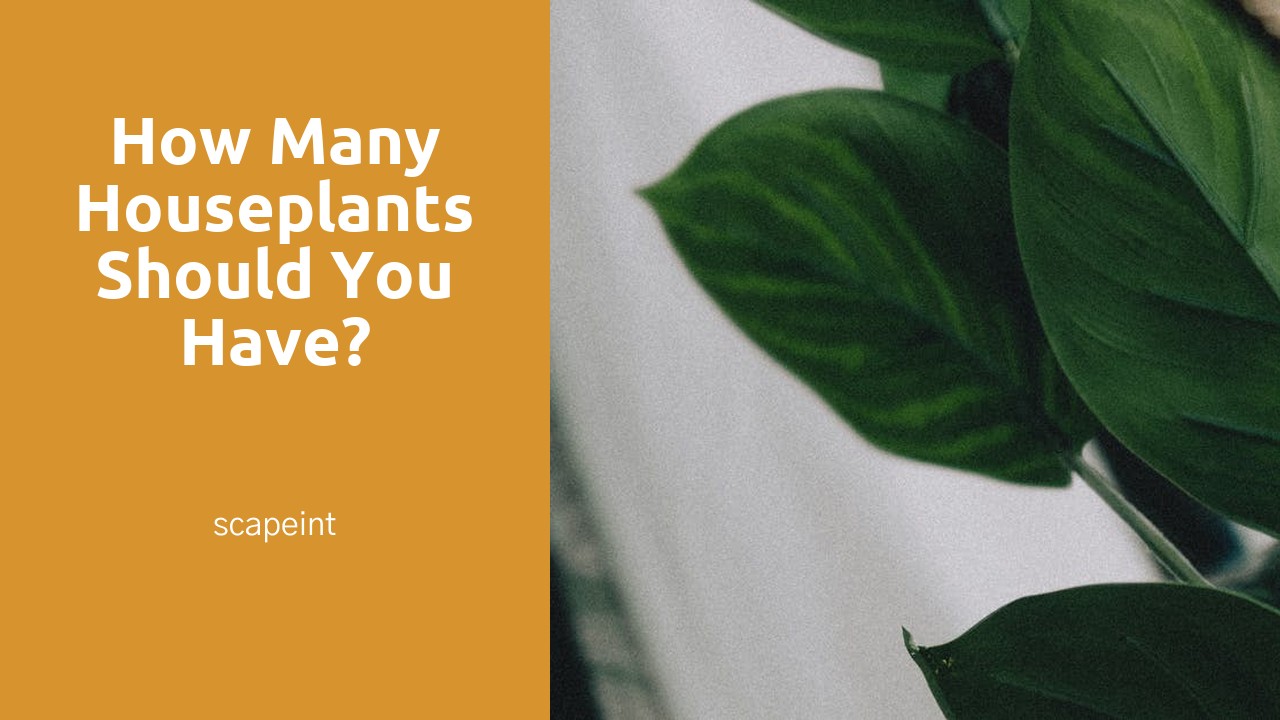
Table Of Contents
Dealing with Common Houseplant Pests and Diseases
Common houseplant owners can encounter various pests and diseases that can harm their plants if not managed effectively. It is crucial to regularly inspect your houseplants for any signs of pests such as spider mites, aphids, or fungus gnats. These pests can weaken the plant and spread quickly if left unchecked. Implementing a stringent monitoring routine will help catch any issues early on and prevent them from escalating into major infestations. In Plant Selection in Newton Robinson, select plants known for their resilience against common pests and diseases, ensuring a healthier and more manageable indoor garden.
For diseases, issues like root rot, powdery mildew, and bacterial infections can damage houseplants. To prevent these ailments, avoid overwatering your plants and ensure they have adequate airflow. Additionally, always use sterilized tools when pruning or repotting to minimize the risk of spreading diseases between plants. Remember, a proactive approach to plant care is key to tackling common houseplant pests and diseases effectively.
Implementing Natural Pest Control Methods
Many houseplant owners encounter the challenge of dealing with pests at some point. One effective method for natural pest control involves utilizing companion plants. Planting certain species together can help repel common pests, creating a more balanced ecosystem within your indoor garden. For instance, marigolds are known for deterring insects like aphids and whiteflies, making them a beneficial companion plant for a variety of houseplants. Additionally, incorporating herbs such as basil or mint can help ward off pests while also providing a dual purpose of adding fresh flavors to your meals.
Another natural pest control tactic is to regularly inspect your houseplants for any signs of pests or diseases. By catching any issues early on, you can prevent them from spreading and causing significant damage to your indoor greenery. It's important to consider the specific environmental conditions in your home, as factors like temperature and humidity can influence the likelihood of pest infestations. Plant selection in Caledon should also be tailored to the local climate to ensure that your indoor garden thrives while minimizing the risk of pest problems.
Maximizing the Health Benefits of Houseplants
To maximize the health benefits of houseplants, it is crucial to consider the types of plants that will thrive in your specific location. For instance, selecting plants that are well-suited to the climate and light conditions of North York will ensure they can flourish and provide optimal health benefits. Researching plant varieties that are known to thrive in North York's environment will increase the chances of success in incorporating greenery into your home. Options such as spider plants, snake plants, and pothos are popular choices known for their resilience and air-purifying properties, making them excellent selections for enhancing the health of indoor spaces in North York.
In addition to choosing suitable plant varieties for North York's climate, it is essential to place houseplants strategically within your home to maximize their health benefits. Consider positioning plants in key areas where they can have the most significant impact, such as bedrooms, living rooms, and home offices. By strategically placing plants in rooms where you spend the most time, you can fully benefit from their air-purifying, mood-boosting, and stress-reducing properties. Integrating houseplants into your living spaces with thoughtful consideration for both plant selection in North York and placement can significantly enhance the health benefits they offer while adding a touch of natural beauty to your home.
Placing Houseplants in Key Areas for Health Benefits
Placing houseplants strategically within your home can help maximize their health benefits. Consider incorporating greenery in areas where you spend a significant amount of time, such as the living room or home office. Not only do plants improve air quality by absorbing pollutants, but they also contribute to a calming atmosphere, promoting mental well-being. In St. Thomas, carefully selecting plants that thrive in the local climate can ensure they flourish and effectively enhance indoor air quality.
When arranging houseplants for health benefits, focus on key areas like the bedroom and kitchen. Plants like lavender and jasmine can be placed in the bedroom to promote relaxation and improve sleep quality. In the kitchen, herbs such as basil or mint can not only add a refreshing touch to your cooking but also purify the air. By strategically situating plants in various rooms, you can create a healthier and more vibrant living environment in St. Thomas that positively impacts your overall well-being.
Incorporating Houseplants into Your Interior Design
When it comes to incorporating houseplants into your interior design, it's essential to select greenery that complements your space. In Sarnia, plant selection plays a crucial role in enhancing the ambiance and aesthetics of your home. Consider the lighting conditions in various parts of your house to determine suitable plants that will thrive and elevate the overall look of your living spaces. Opt for plants with varying heights and textures to create visual interest and add a touch of nature to your décor.
Integrating houseplants as decorative elements in your home can bring a sense of tranquility and vibrancy to your environment. Use plant stands, hanging planters, or wall-mounted planters to showcase your green companions in different areas of your house. By strategically placing houseplants in key spots such as empty corners, shelves, or windowsills, you can transform your living space into a cozy and inviting sanctuary. Experiment with different plant combinations and containers to personalize your interior design and create a refreshing and engaging atmosphere.
Using Houseplants as Decorative Elements in Your Home
Houseplants can serve as excellent decorative elements in your home, adding a touch of nature and warmth to any space. When incorporating houseplants into your interior design, it's important to consider the aesthetic appeal they bring. You can choose plants with varying shapes, sizes, and textures to create visual interest and complement your existing decor. Plant Selection in Newmarket offers a wide variety of houseplants to suit your style and preferences, whether you prefer lush, leafy greens or colourful flowering plants.
In addition to adding beauty to your home, houseplants can also serve as focal points in a room. Placing a large, statement plant in a corner or on a side table can draw the eye and create a sense of balance in your space. Furthermore, grouping smaller plants together in clusters can create a dynamic and lively display. Plant Selection in Newmarket can help you choose the best arrangement of houseplants to achieve the desired look in your home, whether you're aiming for a minimalist, modern vibe or a cozy, eclectic feel.
FAQS
How many houseplants should I have in my home?
The number of houseplants you should have in your home depends on factors such as the size of your space, the amount of natural light available, and your ability to care for them. As a general guideline, start with a few easy-to-care-for plants and gradually increase the number as you gain more experience.
Can having too many houseplants be harmful?
While houseplants can provide many benefits, having too many plants in your home can lead to overcrowding, making it difficult to properly care for each plant. It's important to strike a balance and ensure that you can give each plant the attention it needs to thrive.
How do I know if I have too many houseplants?
Signs that you may have too many houseplants include plants showing signs of stress, such as yellowing leaves or wilting, and difficulty in keeping up with watering and maintenance tasks. If you find yourself feeling overwhelmed by the number of plants in your home, it may be time to reduce the quantity.
Are there guidelines for incorporating houseplants into interior design?
Yes, when incorporating houseplants into your interior design, consider factors such as the style of your space, the size of the plants, and their placement. Grouping plants together can create a focal point, while strategically placing plants in key areas can maximize their health benefits.
How can houseplants enhance the health benefits of my home?
Houseplants can improve indoor air quality, reduce stress levels, and boost mood and productivity. By placing houseplants in key areas such as the bedroom, living room, and office, you can maximize their health benefits and create a more vibrant and inviting space.

